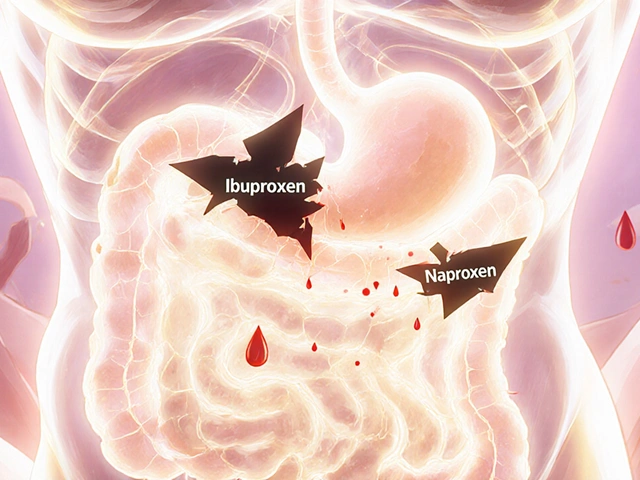Eye Surgery Steroids
When dealing with Eye Surgery Steroids, steroid medications applied to manage inflammation after ocular procedures. Also known as post‑operative corticosteroids, they work by suppressing the immune response that can cause swelling and pain. A common companion is corticosteroid eye drops, topical formulations that deliver the drug directly to the ocular surface, often prescribed for the first few days following cataract or refractive surgery. For deeper tissue involvement, clinicians may choose intravitreal steroid injection, a method that deposits the medication into the vitreous cavity for sustained release. These three entities—eye surgery steroids, corticosteroid eye drops, and intravitreal steroid injection—form a treatment trio that tackles post‑operative inflammation, preserves visual clarity, and speeds recovery.
How They Work and What to Watch For
Eye surgery steroids reduce post‑operative inflammation by blocking inflammatory mediators, which in turn lowers swelling, pain, and the risk of scar formation. The most frequent delivery route is via corticosteroid eye drops, applied several times a day for a week or two, depending on the surgeon’s protocol. Intravitreal steroid injection, on the other hand, is reserved for cases where inflammation is deeper or more persistent, such as after vitrectomy or retinal detachment repair. While these drugs are effective, they can raise intra‑ocular pressure, leading to ocular hypertension or even glaucoma if not monitored. Patients are typically checked for pressure spikes within the first week and periodically thereafter. Another side effect to consider is delayed wound healing, especially with potent steroids; doctors may taper the dose to balance benefit and risk. Understanding the trade‑off between rapid inflammation control and potential pressure increase is key to safe use.
Below you’ll find a curated selection of articles that break down specific steroids, compare delivery methods, and offer step‑by‑step guidance on monitoring and managing side effects. Whether you’re a patient trying to understand your prescription or a practitioner looking for quick reference points, the posts ahead cover everything from dosing schedules to when to switch to a milder agent. Dive in to get practical, evidence‑based answers that complement the overview you just read.
How Steroids Manage Post‑Surgical Eye Inflammation - Complete Guide
Learn how steroids control eye inflammation after surgery, which drugs to use, proper dosing, side‑effects, monitoring, and safe alternatives in a clear, step‑by‑step guide.
About
Medications
Latest Posts


Discover Top Levitra Discounts and Deals for Your Health
By Marcel Kornblum Dec 28, 2024

Tansy Safe Dosage: Benefits, Risks, and Toxicity Explained for Everyday Use
By Marcel Kornblum Apr 29, 2025

NSAIDs and Peptic Ulcer Disease: Understanding the Risk of Gastrointestinal Bleeding
By Marcel Kornblum Nov 24, 2025

